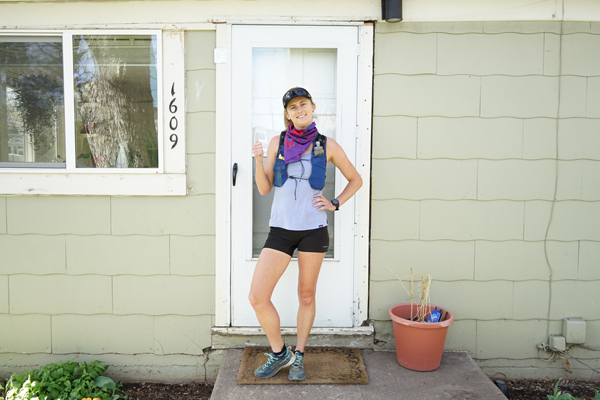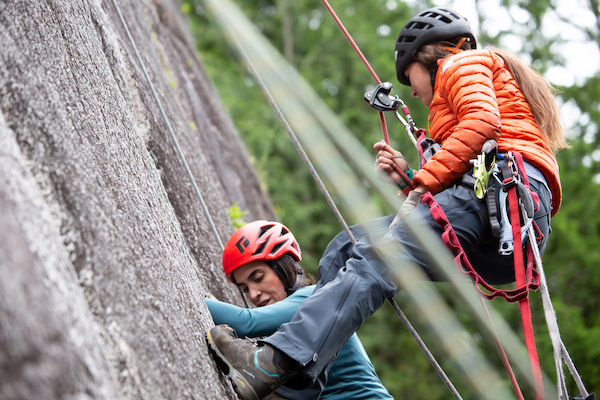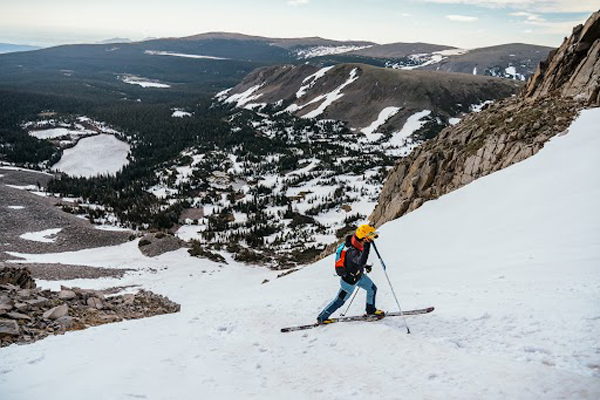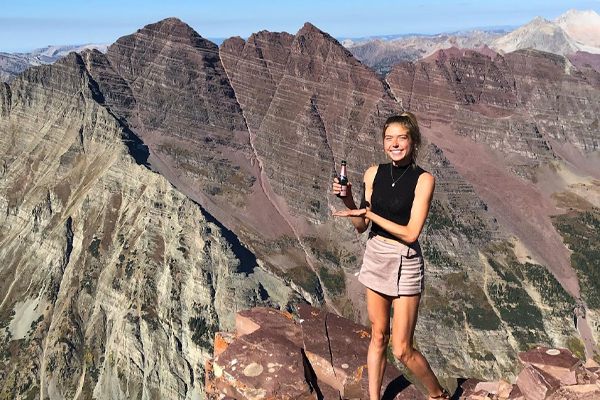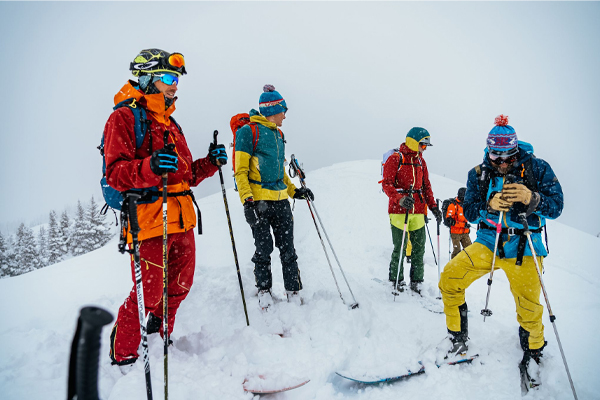Nick Elson - Safety Tips for Mountain Running

Mountain runner and climber, La Sportiva athlete Nick Elson shares safety tips for technical terrain.
- - -
Mountain runners have increasingly been discovering the challenges and rewards of moving efficiently over technical terrain. The combination of fitness and a lightweight approach makes it possible to move with relatively unencumbered freedom in spectacular mountain settings. However, venturing into technical terrain carries with it risks that might not always be obvious, particularly to runners with previously limited experience in the mountains.
Unlike many runners, I came to Mountain Running® from a climbing background. I’ve been fortunate to spend a lot of time in the mountains not only with elite runners, but also with highly accomplished alpinists. While what follows is far from comprehensive, here are a few tips that I’ve picked up along the way to assist runners looking to move efficiently and safely into steeper territory.
Planning
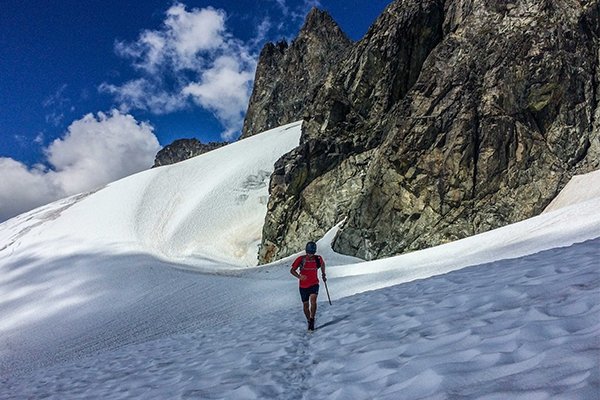
Many of the most accomplished alpinists are incredibly meticulous in the way that they plan and prepare for their ascents, weighing each piece of gear and analyzing every aspect of the climb. Meanwhile runners sometimes appear to prefer just lacing up their shoes and seeing where their feet take them. This is admirable, but when pushing into more technical- and potentially hazardous- terrain a bit of pre-trip planning can not only make you more efficient, but can allow you to make better informed and safer decisions. I’ve often found that when I take a casual attitude towards what I expect to be a casual objective, I run into difficulties that could have been avoided with a more diligent approach.
With an almost overwhelming volume of information available today, some resources to consider include reputable athlete blogs, social media posts (one time that hashtags can be useful!), Strava activities, online and print guidebooks, Google Earth, and good ol’ topographical maps. Like pretty much anything in the public domain, it’s important to consider the source of the information when judging its reliability. However, at the very least your research should give you a lay of the land and allow you to make an educated guess about how long you’ll take to complete a specific route.
I firmly believe that spending your energy making good, informed decisions in the mountains will allow you to avoid having accidents in the first place. However, should something unexpected happen to you or one of your partners, it’s likely to be an incredibly stressful situation so it’s best to have a plan already in place. In particular, think about how you would administer first aid and how you would communicate with the outside world. Exactly what you decide to carry will depend on where you are, what you’re doing, your risk tolerance, and your ethics around self-sufficiency. However, when making these decisions be sure to consider the well-being of your partners, your loved-ones, and any would-be rescuers.
Conditions
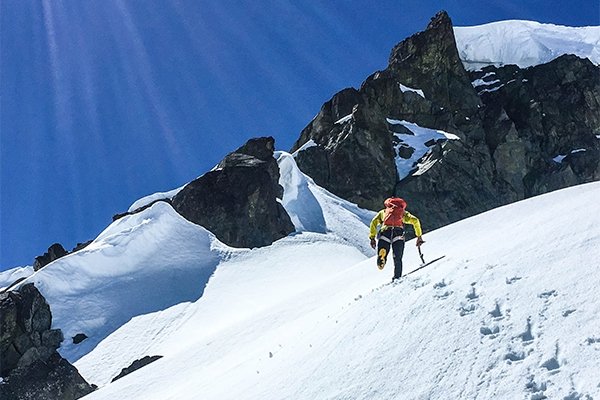
Tailor your objectives to the weather and conditions. Unlike races which follow a set route on a set day, running in the mountains gives you the freedom to choose where you go and when. Some objectives may only be feasible during a very narrow weather window or even not at all. Being flexible in your goals will allow you the greatest chance of success.
Consider the aspect of the slopes you’re planning to travel on. North-facing slopes will likely be shadier and therefore hold more snow later into the season. East-facing snow slopes usually soften up earlier in the day than more westerly ones. This could be useful to consider when deciding whether you’ll need an ice axe and crampons.
Gear
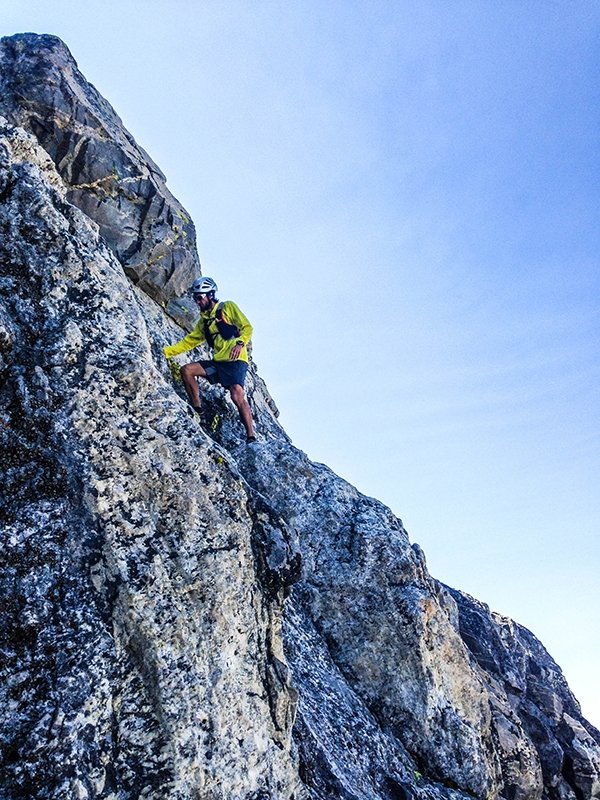
For technical terrain, look for running shoes with a relatively sticky rubber outsole (I mostly use the Helios SR, Mutant and TX2). Larger lugs may be useful if you plan to encounter much snow, but smaller lugs will be more reassuring on rock.
Rockfall (often self-induced) is one of the biggest hazards in the mountains. I seldom regret wearing a helmet and these days I’ll carry one anytime I foresee being in terrain where rockfall is a possibility. I know a few people who owe their lives to the fact that they were wearing a helmet.
Water is one of the heaviest things to carry so it’s worth planning carefully. Don’t automatically start every run with full bottles if you know you can refill before too long en route. Occasionally a straw can be useful for sipping meltwater from hard to reach places. One of the advantages of going to remote alpine areas is that you can usually get away with drinking the water without any kind of filtration. However, if you’re near a populated, or trafficked area tablets are the lightest solution.
In the mountains, I personally plan to eat a bit less than I would during a race, largely because you’re carrying all your food with you all day. However, if things don’t go quite as planned, it can be smart to have a few emergency gels (or in my case, candies) tucked away somewhere just in case.
Know the rules before you break them
Mountain Running® requires striking a balance between minimizing weight and being sufficiently prepared. Depending on your risk tolerance, it may be perfectly reasonable not to carry every single piece of gear that might seem “essential” every time you go into the mountains. In fact, I’d argue that it’s healthy to question received backcountry wisdom rather than dogmatically follow any particular commandments. However, if you’re breaking the “rules” (I like to think what would the newspaper headline be if I screwed up and had to get rescued) hopefully it’s because you’ve carefully weighed the associated risks and not because you just don’t know any better.
Technical Terrain
When navigating technical terrain (anything from 3rd class to 5th class), resist the temptation to rush through it. Instead, focus on slow, smooth and precise movements while taking the time to test any suspect holds (a smack with the palm or a kick generally works - listen for any hollow sounds). While it sounds counter-intuitive, this approach will allow you to feel relaxed and confident which will ultimately make you more efficient.
The term “scrambling” is often used to denote terrain where hands are required for upward progress but many people will be comfortable without a rope. It can be easy to assume that this terrain is somehow less serious than “real” climbing since no technical gear or thorough knowledge base are required. However, in reality scrambling is simply easy free solo climbing where the consequences of a mistake are generally far worse than if you were tied into a rope.
While it’s natural to worry about the most technically difficult moves, it’s often the slightly easier terrain where accidents happen. Not many accident reports are filed under headings like “climbing unroped, got pumped”, or “climbing unroped, botched the crux sequence”. When the climbing is tricky, you’re likely to be giving it your full attention, but it’s necessary to remain vigilant when it eases off. Many hazards such as loose rock, hidden verglas, and simple carelessness are unrelated to technical difficulty.
Build Experience Slowly
Many of the positive attributes of successful runners such as stubbornness, being driven to succeed, and irrational self-confidence can be liabilities in the mountains. Throwing yourself in the deep-end and hoping for the best might be an effective strategy when racing 100 miles, but when the consequences of a mistake are far worse than a DNF it pays to be patient and build up your skills and experience slowly over time. The mountains are a complex environment - I don’t think anyone really has it all figured out. However, at least with experience you’ll start to gradually “know what you don’t know” and be able to make decisions accordingly.
Likewise, it’s important to be willing to fail, often repeatedly. “Death before DNF” might be a good motto when you’re exhausted near the end of an ultra, but it has the potential to take on a literal rather than figurative meaning in the mountains. A motto that I like is “Come back alive, come back with friends, get to the top - in that order."
Photos: ©Eric Carter
- - -
ABOUT THE AUTHOR
La Sportiva athlete Nick Elson is a runner, climber and skier based in Squamish BC. He has made one day ascents of climbs such as the Nose on El Capitan and the North Face of the Eiger. He enjoys competing in technical trail races of all distances. He currently holds the FKT for the Grand Traverse in the Tetons.
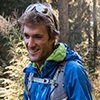 NICK ELSON is a member of the La Sportiva Mountain Running® Team.
NICK ELSON is a member of the La Sportiva Mountain Running® Team.
- - -



